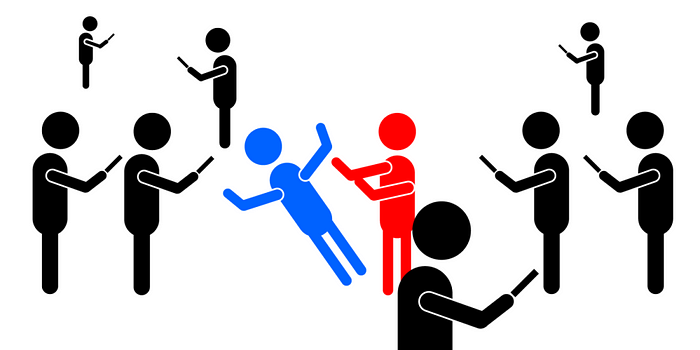Member-only story
Bystander Apathy: Would you help somebody in need?
Everybody claims they would help somebody who needed help; research shows people would intervene 9 times out of 10 to assist a victim. I’m skeptical!

What if you saw somebody who needed help? Would you stop to help them? We all would like to think we’re the model citizen and would help a fellow citizen in distress but that isn’t always the case.
There’s a phenomenon called the bystander apathy which states the greater the number of people present in an emergency situation, the less likely people are to help.
We are more likely to take help if there are few or no witnesses. In a series of classic studies, researchers Bibb Latané and John Darley basically came to this conclusion.
Social psychologists Latané and Rodin came to the same conclusion with their Lady in Distress experiment. They found 70% of people helped when they were alone — 40% of the time when they were with a friend; 20% if they were with a stranger; and less than 10% if the stranger was non-responsive.
Why the big sudden interest in the bystander effect? The Kitty Genovese Case.
This case was about the brutal murder of a 28-year-old woman named Catherine “Kitty” Genovese in 1964 around three am on a Friday night…
